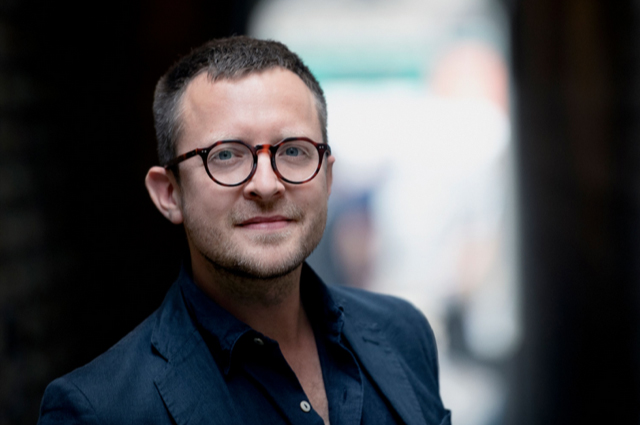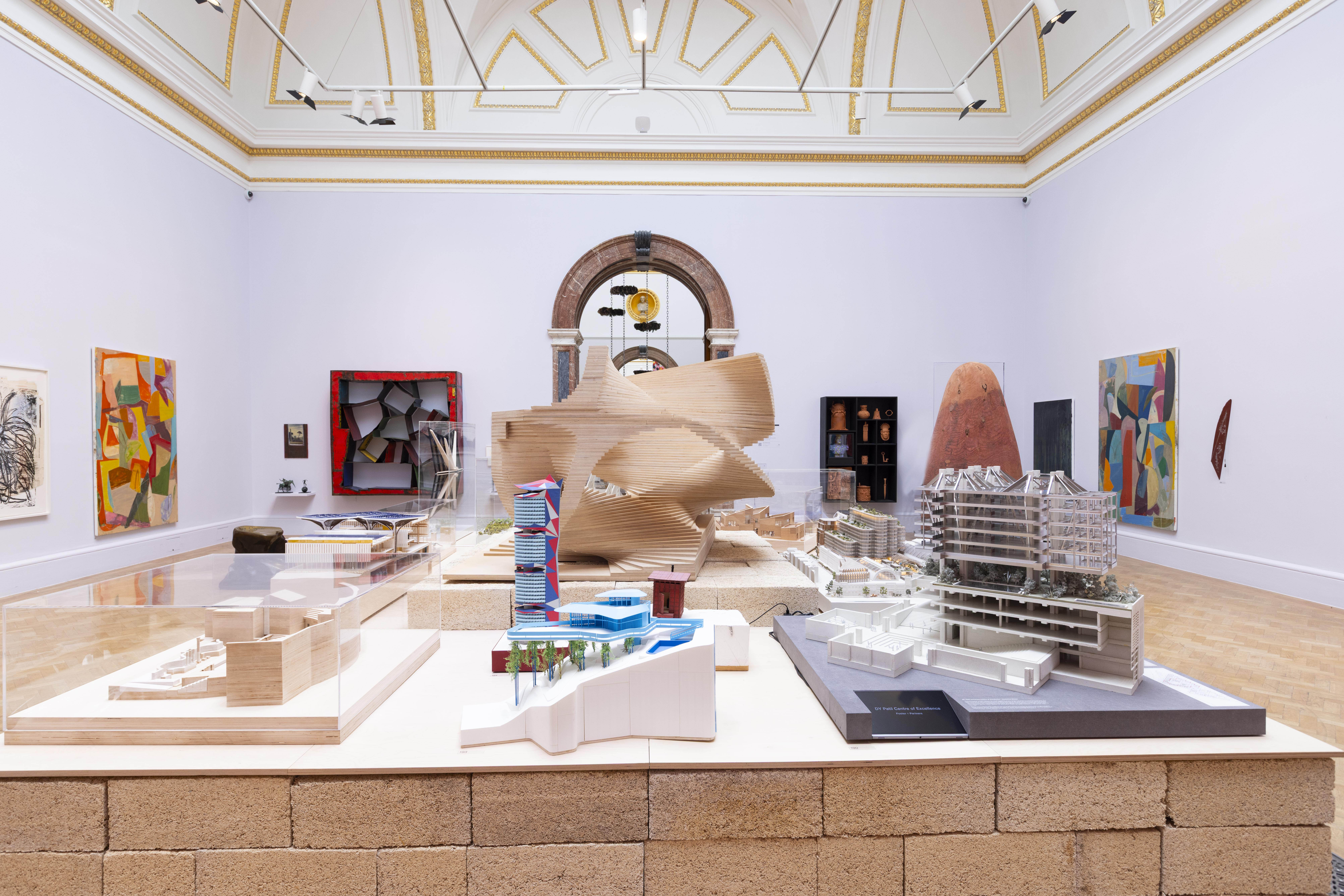The beauty of jet lag
Wallpaper*’s design director, Hugo Macdonald, argues why it’s time we turn endurance into enjoyment


Received wisdom and thousands of Reddit threads tell us that jet lag is the scourge of the long-distance traveller; something to be mastered with supplements and cashmere eye-masks or beaten with week-long pre-planning and earth-centring magnets on our pulse points. From sudden waves of nausea to midnight bowel movements, crossing time zones at speed undeniably wreaks havoc on body and mind. Let’s cut to the chase: there is no cure for jet lag, and perhaps it’s time we pulled ourselves together and sucked up the short-term human discomfort for our wanton, jet-fuelled habits. Their environmental impacts are frankly more extreme.
In praise of jet lag

Accepting that jet lag is our atonement for the possibility of waking up in London and going to bed in Bangkok, it’s time that we flipped the narrative on our fear of discombobulation and turned endurance into enjoyment. Jet lag is an altered state and can be an enlightened one, if we embrace it rather than fight it. Our faculties are sharpened, our senses are heightened and we notice things that we routinely take for granted. It might be trite to point out that being awake before dawn breaks presents an opportunity to catch the sun rise, but watching a city gradually come to life from the grog of sleep is a curiously life-affirming thing. The world goes on turning, even if we’ve been left behind a bit. The liminal zone makes breakfast very enjoyable, unfathomably, whether you’ve travelled east or west. It’s worth celebrating and planning ahead, with the same gumption one ordinarily musters for dinner.
The feeling of being decoupled from reality has a knack of opening up neural pathways that can make the boundaries between conscious and subconscious states more fluid. Jet lag is a fertile state for big thoughts. That sense of cosmic isolation can be harnessed into taking a good look at one’s life choices and questioning what’s working and what’s not. Don’t be fooled into quitting your job or leaving your partner while under its spell, but this might be a helpful time to write the email and then save it to drafts for reappraisal under more measured circumstances. Outside the passive humdrum of daily life, the opportunity for frank clarity abounds.
People describe jet lag as feeling drugged without the drugs, hungover without the alcohol. Unencumbered by the self-loathing that can accompany self-initiated self-sabotage, being muffled without residual guilt is quite fun and bizarrely productive. Meetings and presentations benefit from piercing lucidity. Sightseeing is profound, more like communing with another culture. Jet lag is also a socially acceptable free pass to be a bit weird; to nap or eat on a whim, or to say strange things unfettered and flake on plans at short notice. And when you do sleep, you sleep deeply. The very best thing about jet lag, though, is when you’re back home in your own bed, in familiar surrounds, and it’s over. The memory of jet lag is like waking from the most extraordinary dream and trying to fathom from your photos why you ever thought a cocktail at breakfast was a good idea.
A version of this article appears in the June 2025 Travel Issue of Wallpaper*, available in print, on the Wallpaper* app on Apple iOS, and to subscribers of Apple News +. Subscribe to Wallpaper* today.
Wallpaper* Newsletter
Receive our daily digest of inspiration, escapism and design stories from around the world direct to your inbox.

Hugo is a design critic, curator and the co-founder of Bard, a gallery in Edinburgh dedicated to Scottish design and craft. A long-serving member of the Wallpaper* family, he has also been the design editor at Monocle and the brand director at Studioilse, Ilse Crawford's multi-faceted design studio. Today, Hugo wields his pen and opinions for a broad swathe of publications and panels. He has twice curated both the Object section of MIART (the Milan Contemporary Art Fair) and the Harewood House Biennial. He consults as a strategist and writer for clients ranging from Airbnb to Vitra, Ikea to Instagram, Erdem to The Goldsmith's Company. Hugo has this year returned to the Wallpaper* fold to cover the parental leave of Rosa Bertoli as Global Design Director.
-
 At the Royal Academy summer show, architecture and art combine as never before
At the Royal Academy summer show, architecture and art combine as never beforeThe Royal Academy summer show is about to open in London; we toured the iconic annual exhibition and spoke to its curator for architecture, Farshid Moussavi
-
 This surreal new seafood restaurant in LA is the stuff of mermaid's dreams
This surreal new seafood restaurant in LA is the stuff of mermaid's dreamsAt Cento Raw Bar, delectable fare is complemented by playful, oceanic interiors by Brandon Miradi
-
 What’s new in the wearable world of smart glasses, and extended and augmented reality
What’s new in the wearable world of smart glasses, and extended and augmented realityAre you ready for AR? Meta, Google, Snap and more are gearing up to compete with Apple and deliver frames-based communications devices – complete with AI integration